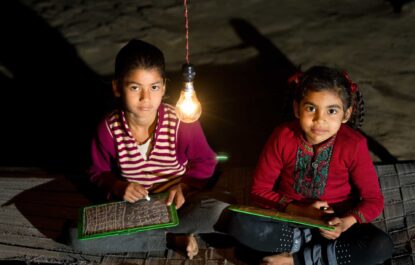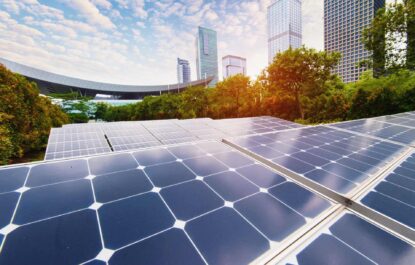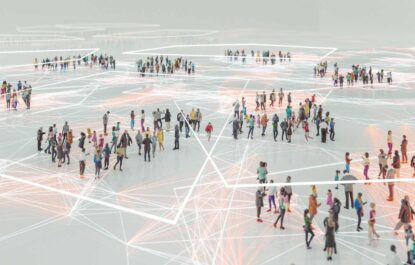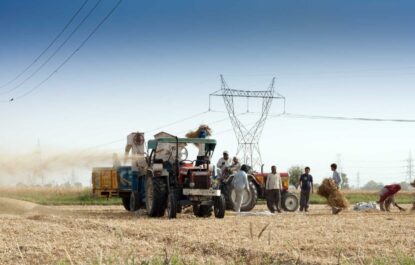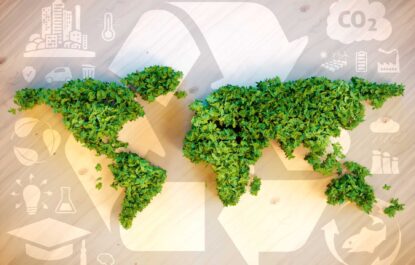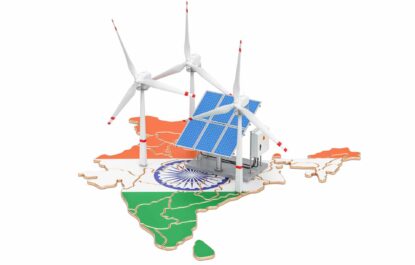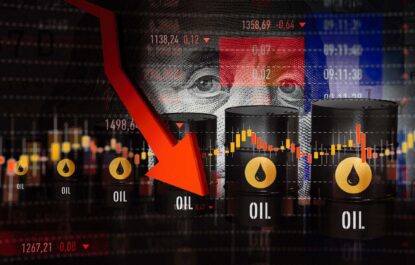The global energy crisis
UN Secretary-General Antonio Guterres sums up the global energy crisis by saying: “Skyrocketing energy prices are compounding an existential cost-of-living crisis for hundreds of millions of people.”
The world is grappling with the first truly global energy crisis. The effects of bottlenecks in the supply chain due to Covid-19 restrictions have only multiplied because of the inability of leading energy companies to ramp up production. This inability has led to a global energy shortage. Other factors, such as high crude oil prices and Russian trade sanctions, have only added fuel to the fire.
India fared no better than its Western counterparts. An acute coal shortage across all its power plants forced DISCOMs to shed load and roll blackouts. But a new think tank Climate Risk Horizon report claims India could have averted the entire crisis if it had remained on track to meet its 175 GW renewable energy capacity goal.
This finding brings us to the question: are renewables a better bet than fossil fuels in today’s world?
Limitations of fossil fuels
Even though we’ve relied on fossil fuels for centuries, in the past few decades, their limitations have begun to alter our lives.
-
- Fossil fuels alter our environment irrevocably
Fossil fuels pollute the environment by emitting smoke, gases, and other pollutants into the atmosphere. 2021 saw 33.9 GtCO2 being released due to fossil fuel usage, a rise of 5.9%. The CO2 traps the sun’s heat within the atmosphere, raising temperatures. Scientists warn that even a two °C surge in global temperatures can be catastrophic for the Earth. Sea levels will rise, destroying delicate biological ecosystems and causing unforeseen health issues, among other problems.
-
- Fossil fuels are non-renewable
Energy demands are on the rise. A growing population, burgeoning middle class, and increasing industrial demands leave us no choice but to ramp up global energy production. Unfortunately, our fossil fuel reserves are rapidly depleting, with experts estimating them to last between several decades and a couple of centuries. While that sounds like a lot, it’s nowhere near enough to support our future needs. Moreover, many of these reserves are very hard to access. The extraction process will become more complicated and expensive, and these new costs will have to be borne by the already-burdened consumer.
-
- Fossil fuel prices are only going to rise
Unlike distributed renewable energy, wherein prices aren’t primarily affected by external factors, fossil fuel prices fluctuate wildly in response to many domestic and international pressures. For instance, the current high energy prices are partly due to a lack of supply, shareholder pressure, disrupted supply chains, and the Ukraine-Russia war. Many energy companies have also been accused of artificially manipulating gas prices to boost their profit margins. As fossil fuels become scarcer, extraction becomes more expensive, and supply chains remain inflexible, gas prices will rise further.
The world needs an energy solution that is renewable, non-polluting, and independent of external factors. This is where decentralization of energy comes in.
Decentralization of energy
Energy production today is highly centralized. A central grid, usually located far away from end consumers, is fed power produced using fossil fuels. The power is then transmitted across vast swathes using transmission infrastructure.
On the other hand, decentralization of energy refers to off-the-grid energy production in locations close to the consumers. Production and transmission happen via a network of microgrids that use a variety of energy sources to service local demand. Many of these microgrids are now shifting to renewable energy sources such as solar and wind. This decentralization of energy can help consumers control prices, reduce CO2 emissions, and increase their energy resilience.





